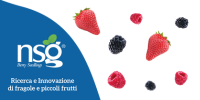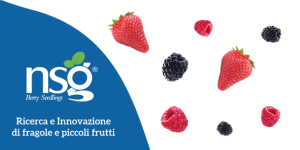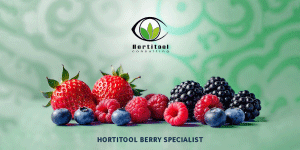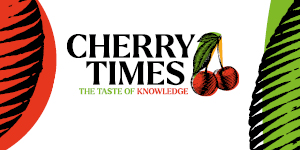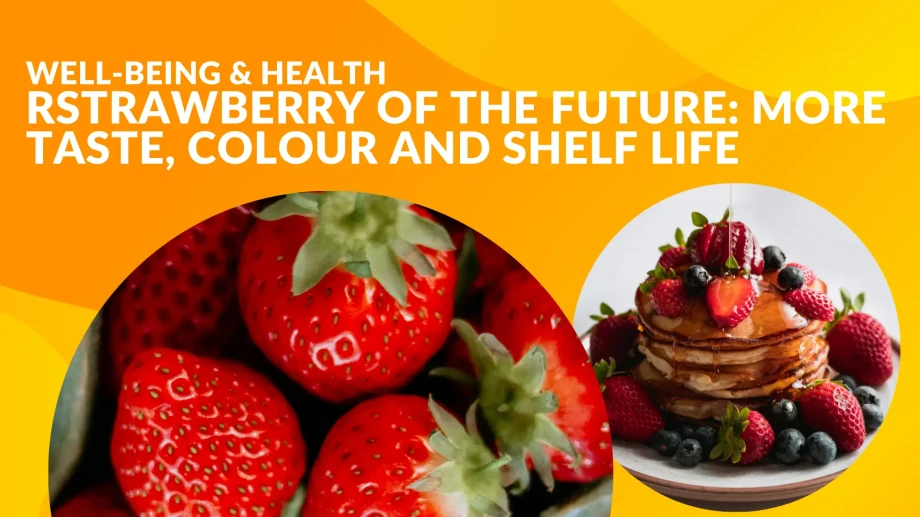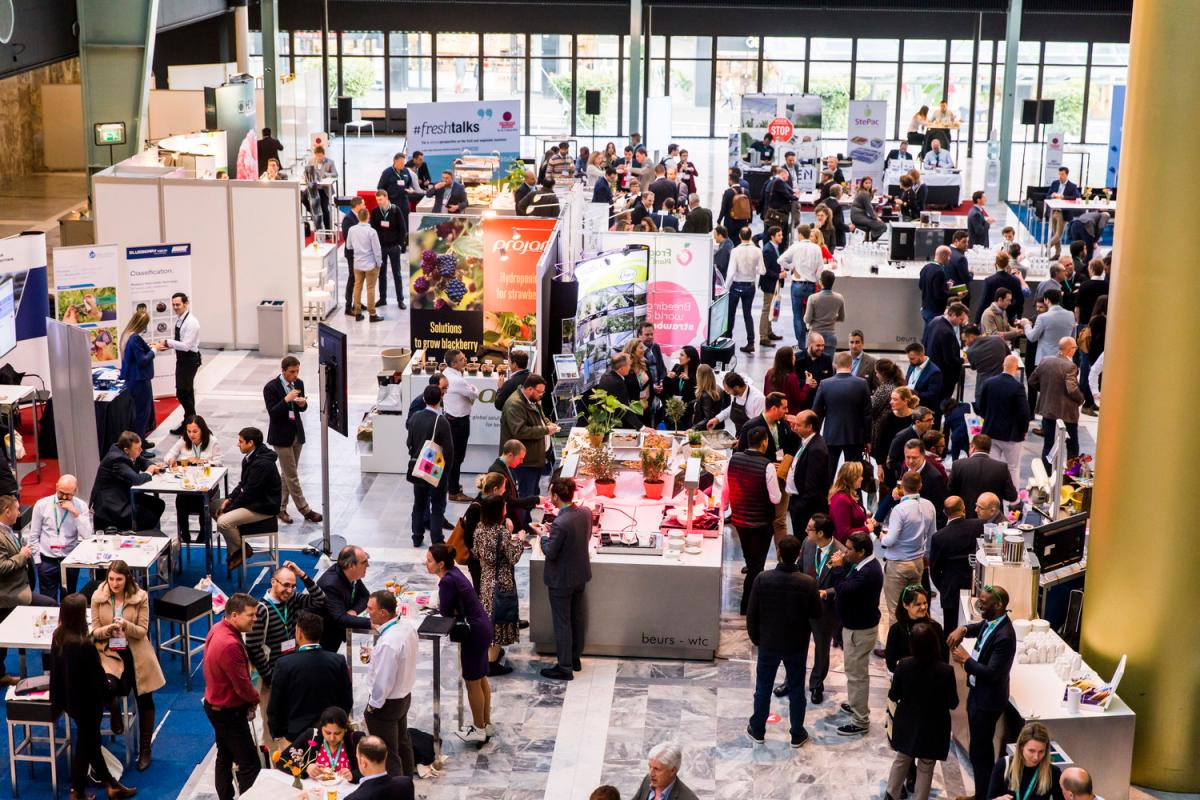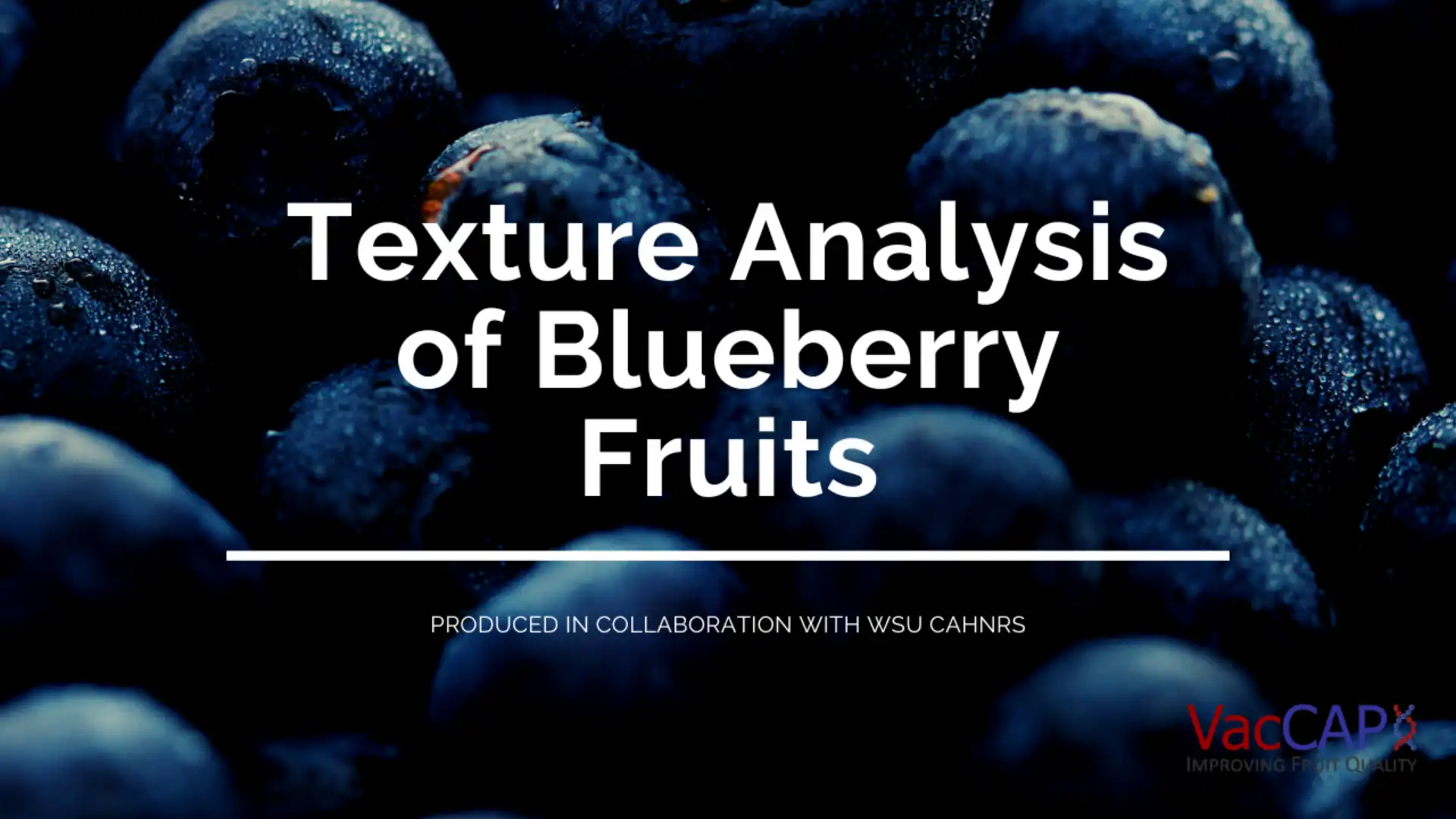The strawberry is one of the most beloved fruits in the world, famous for its sweet aroma, bright red color, and juicy texture.
Beyond its unmistakable flavor, it is a valuable source of vitamins, fiber, and antioxidants, making it a cornerstone of a healthy diet.
However, modern consumers are increasingly demanding: they want fruits that are not only attractive and resistant but also exceptionally tasty and with longer shelf life.
To meet this demand, scientific research is exploring the molecular bases of the strawberry, uncovering the genetic secrets that determine its qualities and paving the way for cultivars that are tastier, healthier, and longer-lasting.
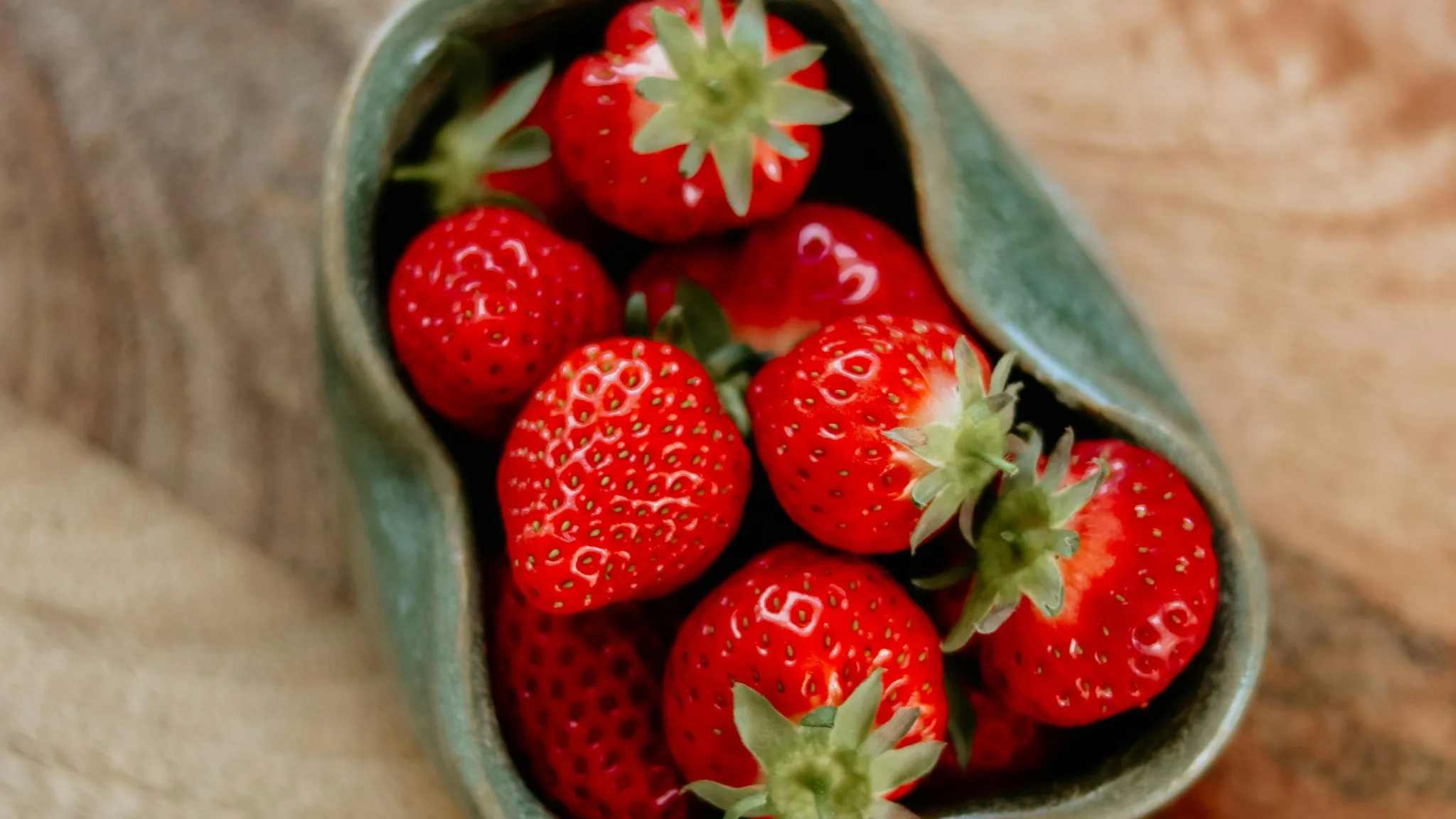
The aroma of the strawberry
The flavor of a strawberry is a complex sensory experience, resulting from the combination of sugars, acids, and volatile compounds.
More than 360 volatile molecules have been identified, but only a small group, around 10–20, defines the characteristic aroma we associate with this fruit.
The production of these compounds is a finely regulated genetic process and can vary significantly depending on the variety and environmental conditions.
Among the key compounds are:
- furanone (HDMF), which provides a sweet, caramel-like note.
- γ-decalactone, responsible for a fruity aroma reminiscent of peach.
- methyl anthranilate, a rare molecule in cultivated strawberries but abundant in wild ones, giving an intense aroma similar to wild strawberries and grapes.
Thanks to advanced genomic technologies, researchers have identified specific genes controlling the synthesis of these aromas, such as the FaFAD1 gene for γ-decalactone and FaOMT for mesifuran (another furanone).
These discoveries make it possible to develop new strawberry varieties with richer and more desirable aroma profiles, perhaps reintroducing valuable flavors lost through past breeding.
The sweetness of the strawberry
Sweetness is the most important factor for consumer preference.
In a ripe strawberry, the main sugars are sucrose, glucose, and fructose.
Sucrose, in particular, has been found to be the single metabolite that most contributes to the overall flavor perception, as it is also correlated with the presence of volatile aromatic compounds.
One of the most interesting findings is that sweetness perception does not depend exclusively on sugar content.
Certain volatile compounds can "trick" our brains, enhancing the sensation of sweetness regardless of the actual sugar levels.
Recent studies have identified about 20 of these molecules, such as γ-dodecalactone.
This opens up an innovative strategy: enhancing the perceived sweetness of strawberries by working on their aroma profile, with a much lower energy cost for the plant compared to increasing sugar production.
Precision gene editing techniques such as CRISPR have already proven effective in finely tuning sugar content without compromising plant growth or yield.
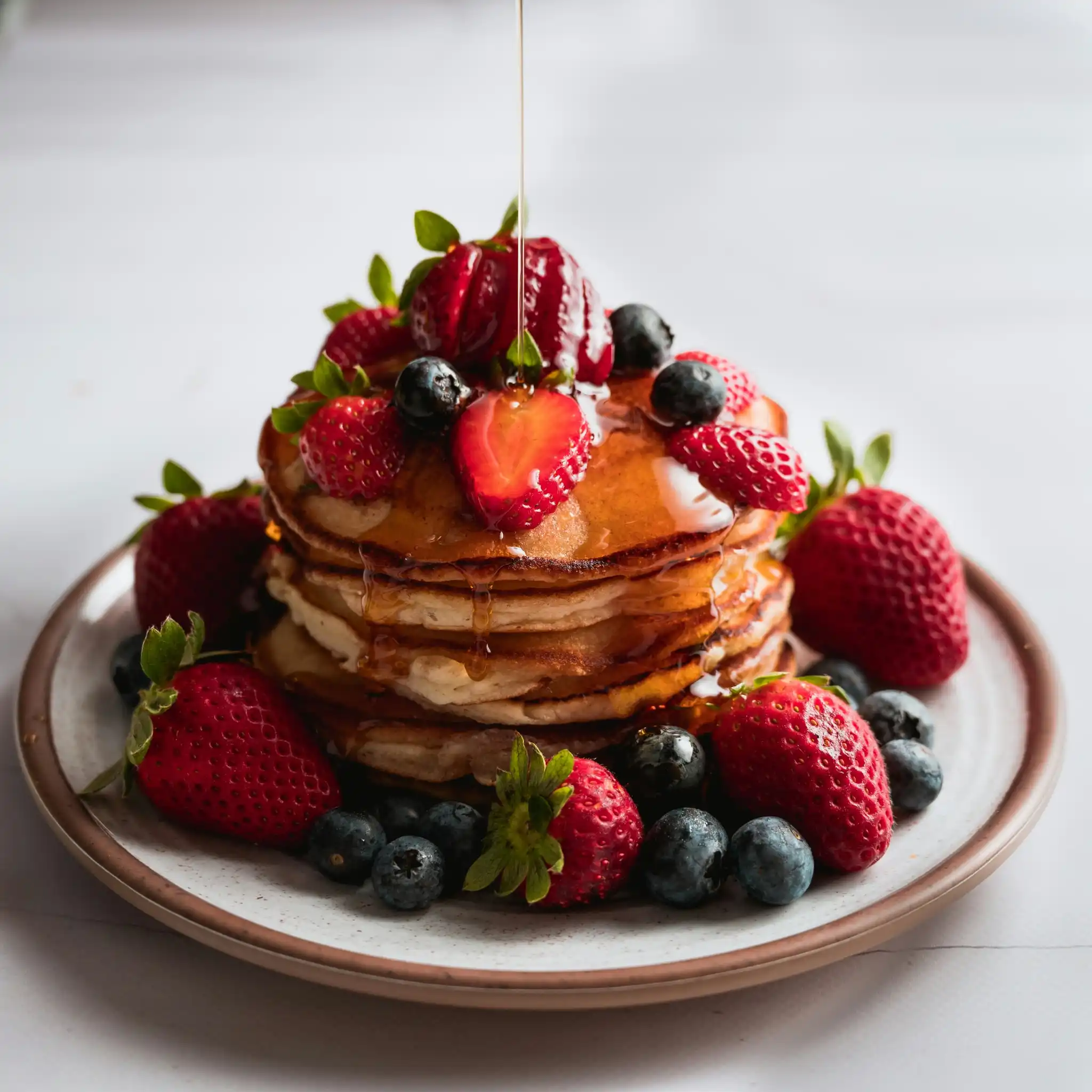
The red of the strawberry
The bright red color of strawberries is due to the accumulation of anthocyanins, natural pigments belonging to the flavonoid family.
These compounds not only make the fruit visually appealing but are also powerful antioxidants with notable health benefits.
Anthocyanin production is regulated by a complex system of genes, with the MYB10 gene standing out as a master switch for coloration.
Natural mutations in this single gene are responsible for the extraordinary diversity of colors observed in strawberries:
- yellow or white-fruited varieties are often the result of small alterations in the MYB10 gene that block its function.
- cultivars with red flesh, not just colored skin, have a variation in the FaMYB10-2 gene promoter that increases its expression even in the inner parts of the fruit.
Coloration is also influenced by environmental factors such as light, which promotes accumulation, and low temperatures, which can inhibit it.
Understanding these mechanisms makes it possible to develop strawberries with new and more stable colors, while also optimizing cultivation practices to maximize the content of these valuable compounds.
The texture of the strawberry
One of the main commercial limitations of strawberries is their short shelf life, caused by rapid softening after harvest.
This natural process is due to the degradation of the fruit’s cell walls, a complex structure that provides firmness and texture.
Research has focused on the enzymes responsible for this process, particularly those that degrade pectin, a sort of "cement" that holds plant cells together.
Enzymes such as polygalacturonase (PG) and pectate lyase (PL) play a crucial role.
Studies have shown that reducing the activity of the FaPG1 gene can yield significantly firmer fruits with greater post-harvest resistance.
Although softening is a complex process involving the coordinated action of many enzymes, the ability to genetically modulate their activity is one of the most promising frontiers for reducing food waste and improving final product quality.
Towards the strawberry of the future
Recent discoveries about the genetic and molecular bases of strawberries are transforming how we think about this fruit.
With tools such as marker-assisted breeding and precision gene editing, it is now possible to target specific improvements for the traits most appreciated by consumers.
The goal is clear: to achieve a strawberry that is not only a pleasure for the palate but also combines exceptional flavor, attractive appearance, high nutritional value, and greater sustainability throughout the supply chain.
The strawberry, with its wealth of flavor and beneficial compounds, represents an excellent model of how scientific knowledge can contribute to defining the food of the future, increasingly oriented toward taste, well-being, and quality.
Source: Zhongchi Liu, Tong Liang, Chunying Kang, Molecular bases of strawberry fruit quality traits: Advances, challenges, and opportunities, Plant Physiology, Volume 193, Issue 2, October 2023, Pages 900–914, https://doi.org/10.1093/plphys/kiad376
Image source: Unsplash



